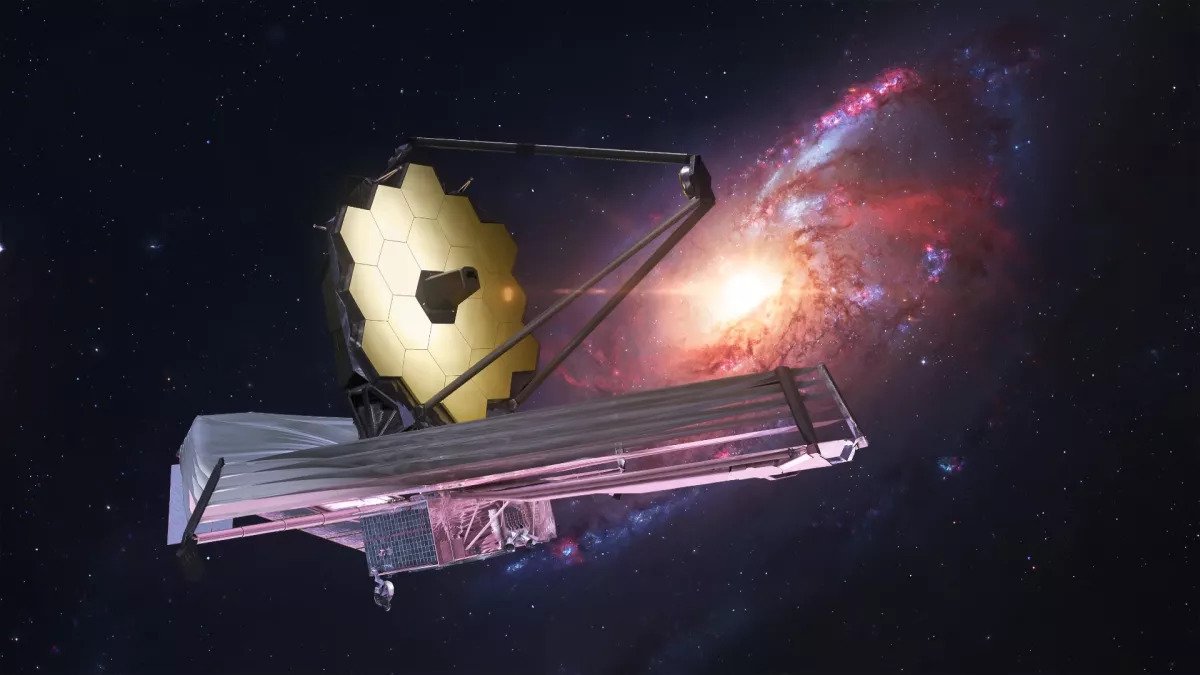Researchers have been able to explain the strange excess of massive galaxies in the early Universe that the James Webb Space Telescope sees. In their opinion, the reason for this is that gas and dust are not blown out of them as quickly as they are now, and stars were formed much more.

Mysterious observations by James Webb
Scientists from the Hebrew University in Jerusalem recently published a model of star formation that explained why there were so many galaxies in the early Universe that had a large mass and size. We have learned about their existence thanks to the images that the James Webb Space Telescope has received over the past year.
The strangeness lies in the fact that according to all models, a large number of stars simply would not have had time to form several hundred million years after the Big Bang. However, the space telescope showed systems with a mass of tens of billions of solar.
This makes many people doubt that we still knew about space. Some rushed to revise the models of galaxy formation. And someone even went so far as to question the Big Bang theory.
New model of star formation
Israeli scientists have turned their attention to the fact that our estimates of how many stars would have formed in the early Universe are based on a modern model of how they are formed. And it suggests that this process is extremely inefficient.
Only about 10 percent of the gas that falls into the clouds becoming stars. The rest is blown by the stellar wind from newborn luminaries. A negative feedback is formed: the more stars are formed, the fewer of them can be born. However, in the early universe, the conditions had to be much more extreme, and everything could not happen there this way
According to the new model, when the Universe was only a few hundred million years old, the stars in it were born very large and their life path before turning into supernovae lasted only about a million years. In such conditions, the stellar wind simply did not have time to blow out all the gas. Therefore, there was no negative feedback.
According to the researchers, all this well explains the anomalies that James Webb has noticed. However, in order to fully understand what is the matter, it is necessary to combine the obtained model with an explanation of other processes, for example, the formation of supermassive black hole embryos weighing 1000 times more than the Sun.
According to phys.org
Follow us on Twitter to get the most interesting space news in time
https://twitter.com/ust_magazine
